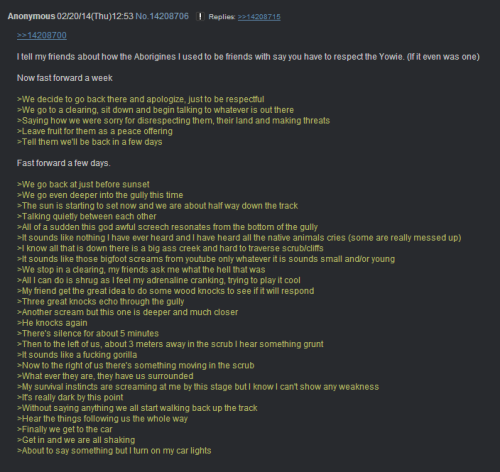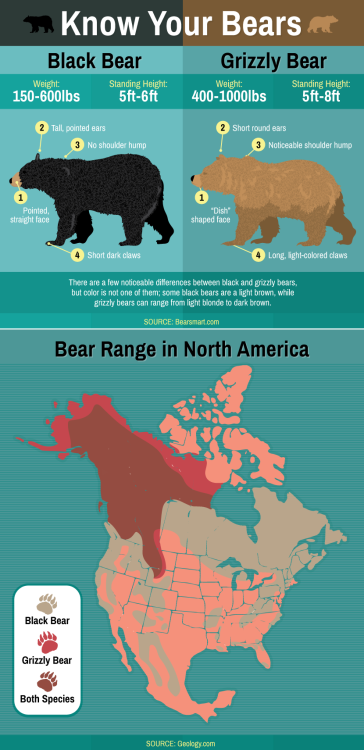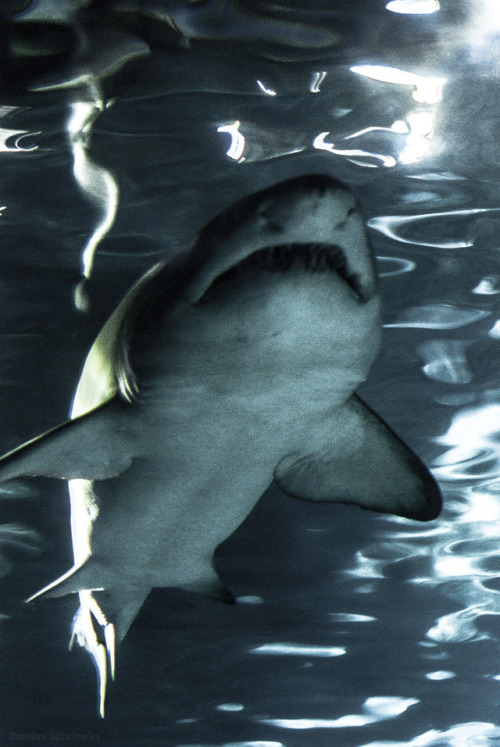#dangerous animals
Don’t Move A Muscle
Firstair-breather featured on the blog…and she’s a beauty!
The venom of the banded sea krait (Laticauda colubrina) has hemotoxic, myotoxic, and neurotoxic properties.
In simpler terms: it ravages red blood cells,destroys muscle tissue, and wrecks nerves.
The effects? Muscle pain, weakness, difficulty moving, and immobility. Paralysis may also set in, beginning with symptoms such as drooping eyelids, lockjaw, and slurred speech, before progressing into breathing difficulty, seizures, or coma. Death results from ventilatory failure.
Unfortunately, the diagnosis of sea snake bites is often delayed. Symptoms may appear hours after the bite, and the bite itself can often be missed due to the snake’s tiny fangs (and the tiny puncture wounds it makes).
First aid treatment involves pressure immobilization and placing the bitten area in a dependent position (*cough* below the heart). However, sea snake anti-venom does exist, and must be administered ASAP. Watching out for potential respiratory failure in bite victims would be good too.
Image source: EuJae Im
Reference: Balhara and Stolbach.2014.
Post link
The Hundred-Venom Harpoon
The venom of some species of cone snail (Conus spp) is made up of over a hundred unique toxins that target ion channels and can result in the rapid paralysis of prey.
This deadly cocktail is delivered via a harpoon (the second image) concealed in the snail’s proboscis (the long, finger-like thing you see in the clip above).
Human envenomation can result in severe pain, discoloration of the affected area, swelling, and numbness. Nausea, muscle weakness, blurred vision, and paralysis may also occur.
Severe cases can result in respiratory failure, cardiovascular collapse, and death within two hours.
As with its fellow mollusk, the blue-ringed octopus, first aid for cone snail envenomation involves pressure immobilization on the affected area. Further treatment is supportive, since no anti-venom for cone snail venom exists.
Image source: Dr Bruce Livett - macro photo
Kohnet al. 1999. - snail harpoon
Video source: The Most Extreme
Reference:Balhara and Stolbach.2014.
Post link







